THE CARE & FEEDING OF SKETCHBOOKS: ANATOMY 1
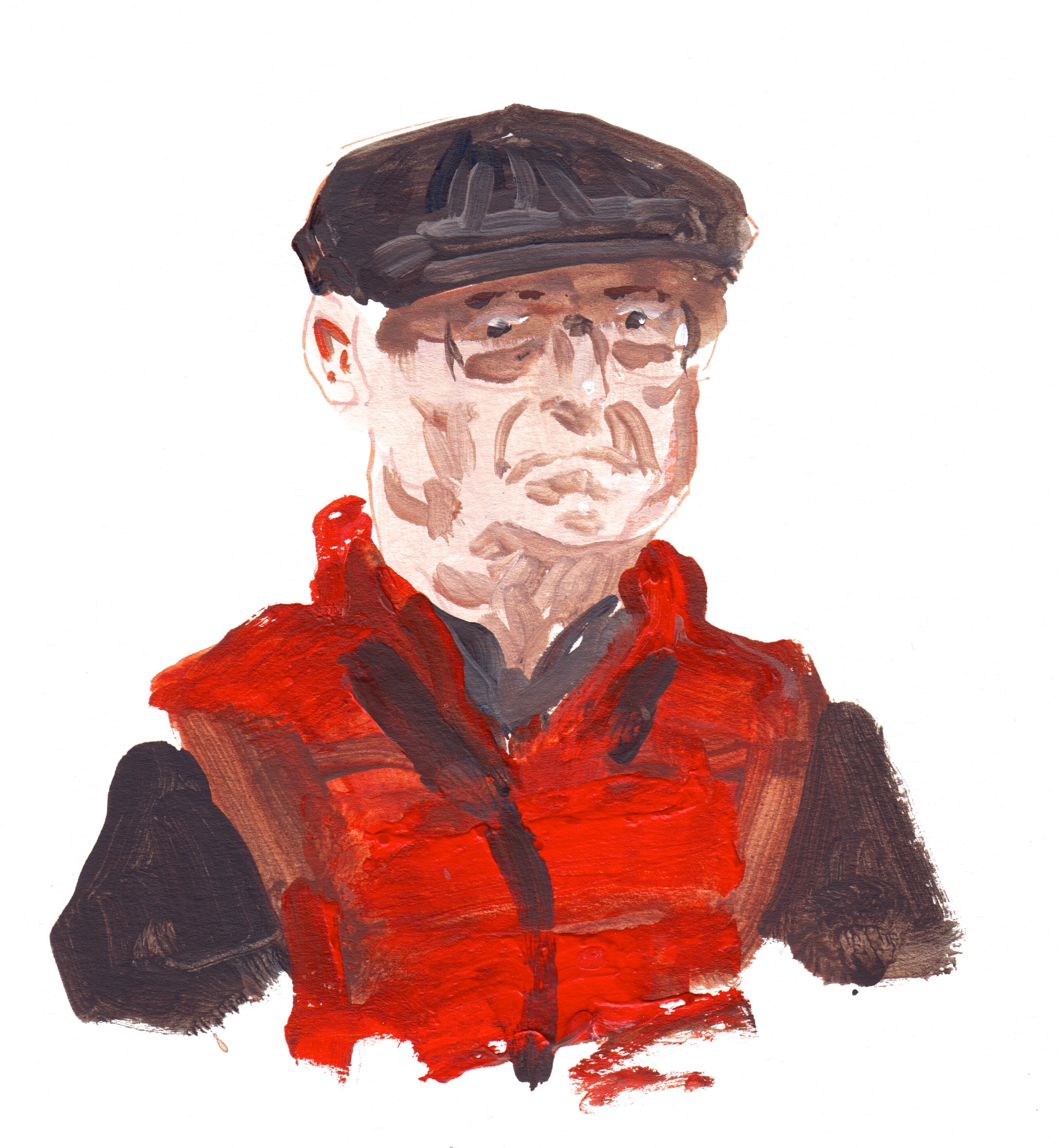
What you draw with is important too. In this regard, I favor Kuretaki brush pens. I chuck the Sumi ink it comes with in favor of Platinum Carbon ink. It is permanent and waterproof when dry. It is best used with synthetic haired brush pens. Do not use with a Weasel hair or Sable haired brush pen, it'll ruin them.
WHAT TO DRAW?
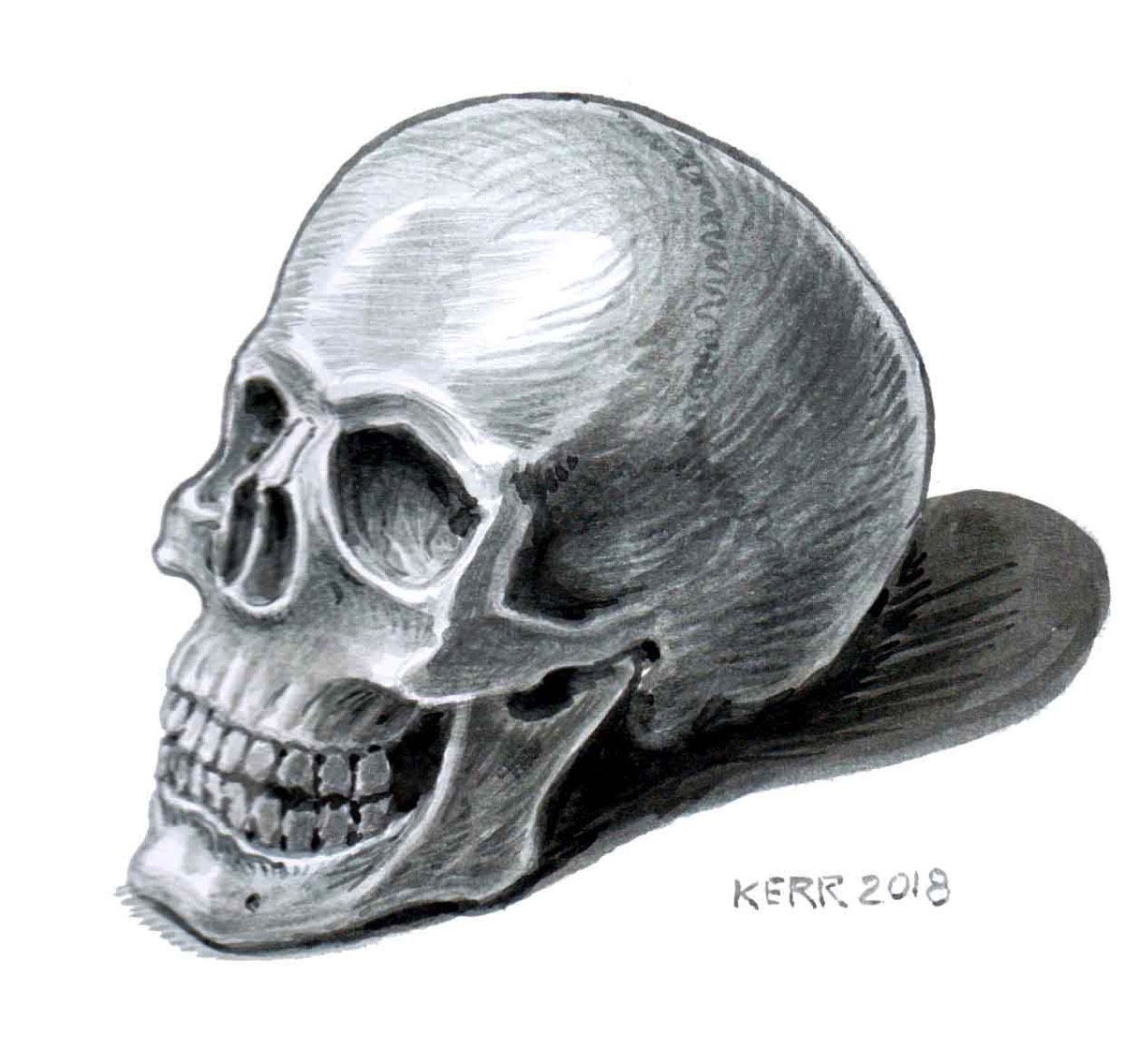
While it may not seem obvious, there is a closet full of skeleton parts which make a wonderful subject for a sketchbook. Work through the bones, draw them from different angles, look for landmarks. Strive to understand what it is you're seeing an translate that from 3D space to the 2D environment of your page. A careful study can take a while to get down, but it is worth it. The sketchbook should primarily be a place for you, in the modality of a personal visual journal. Every time you draw with intent to represent the truth about what it is you see, you're making an investment in your skill level or "talent" as some like to call it. Making a daily investment will soon yield dividends over the board and on long time control finished work. Enough of bones…lets move on.
The idea with using a sketchpad is to realize it is a tool. One that is used to grow your ability to see, document and understand the world, along with its myriad subtleties.
To this end, draw pictures with people in them. Attempt to craft them as well as you'e able and as quickly as possible.
To this end, draw pictures with people in them. Attempt to craft them as well as you'e able and as quickly as possible.
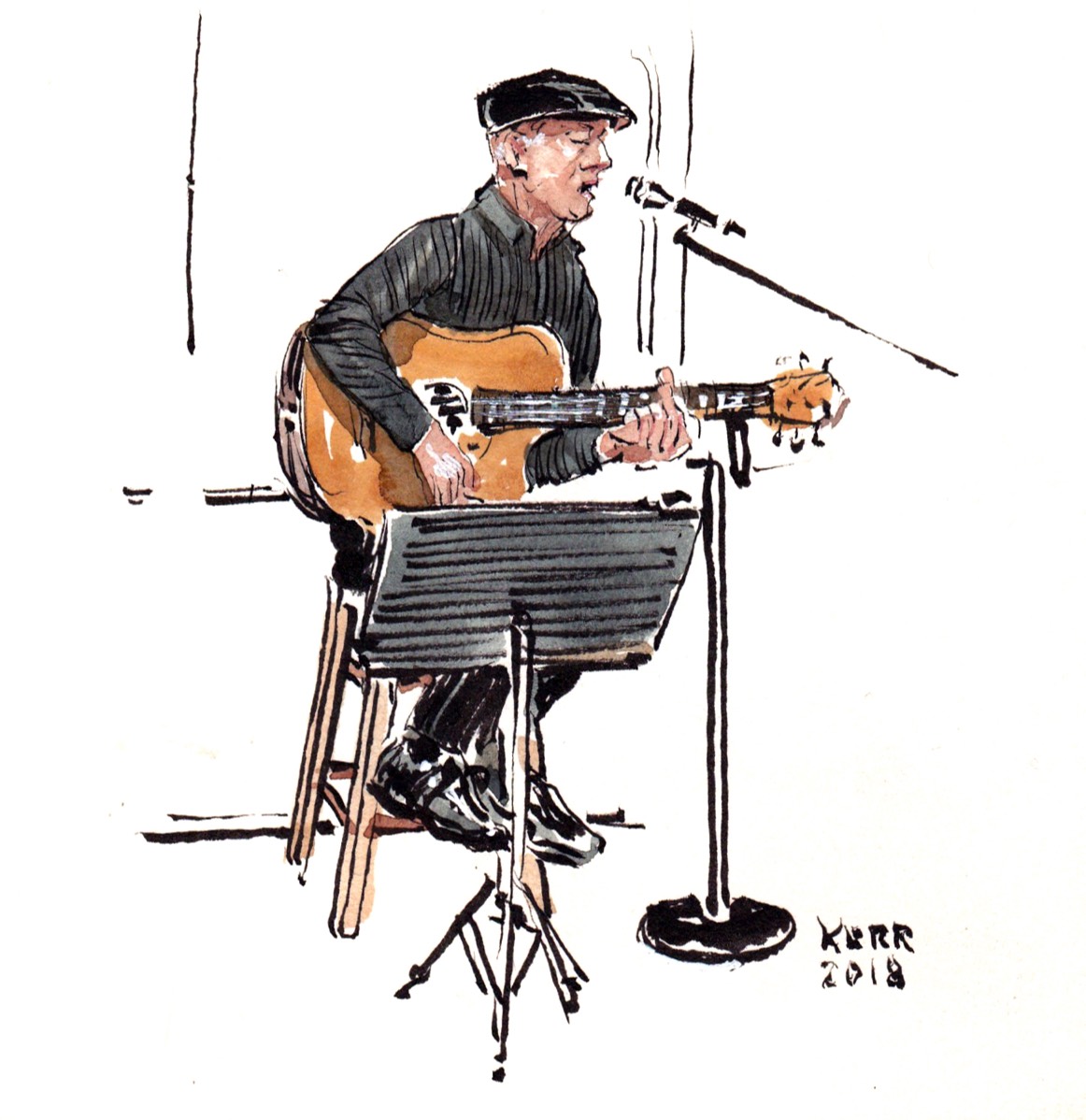
Jot down friends, family, performers, strangers and anyone holding still long enough to get into the pad. Got it wrong? Made a mistake? Try again, it's your personal sketchpad, and there is no one to answer to, but yourself.
MAKING TIME FOR FUN & EXPLORATION ON THOSE PAGES...
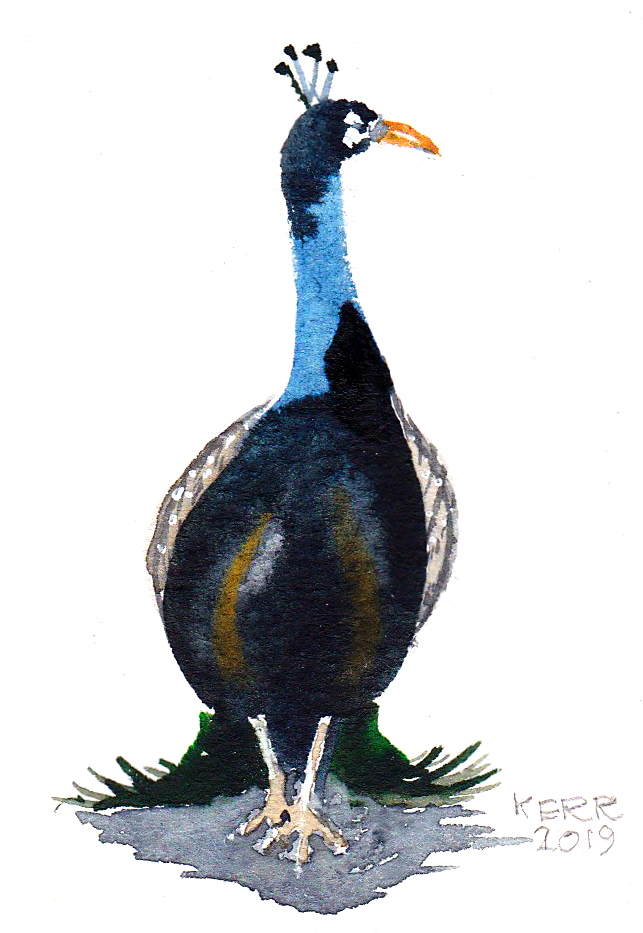
A sketchpad is like a mobile art lab in your pocket. you do not have to limit drawings strictly to people, you can take on other subjects. On one trip to the Prospect Park Zoo, I sketched this Peacock. On the another occasion, a zebu and a trio of subtropical birds.
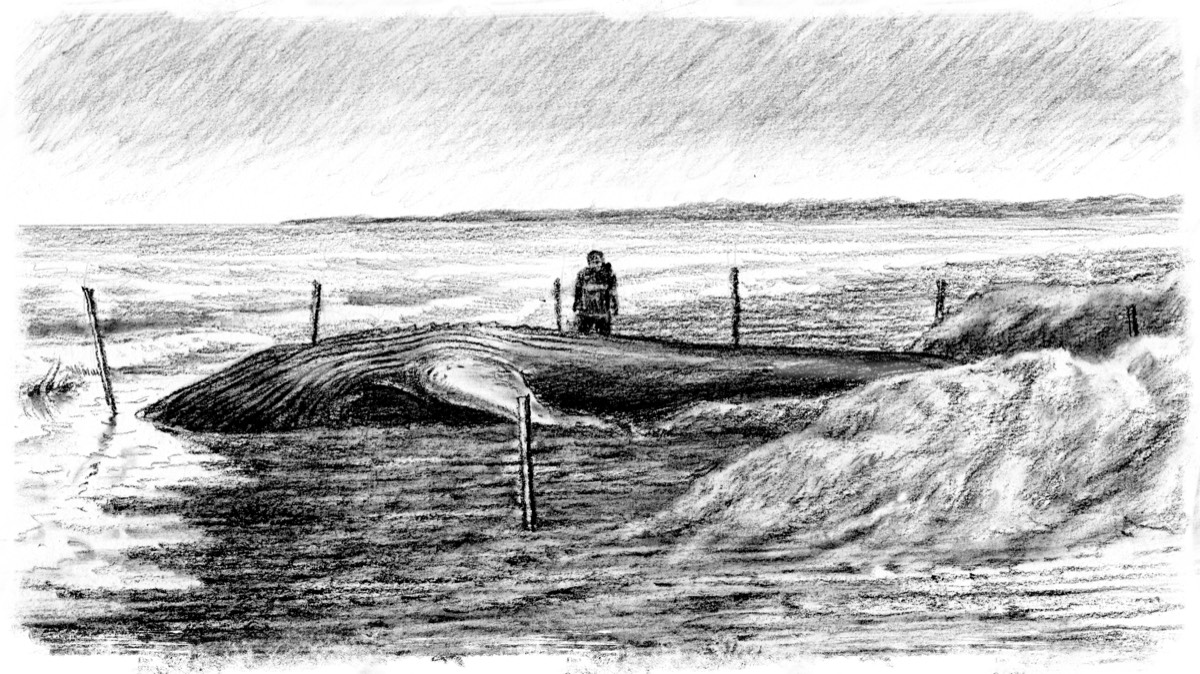
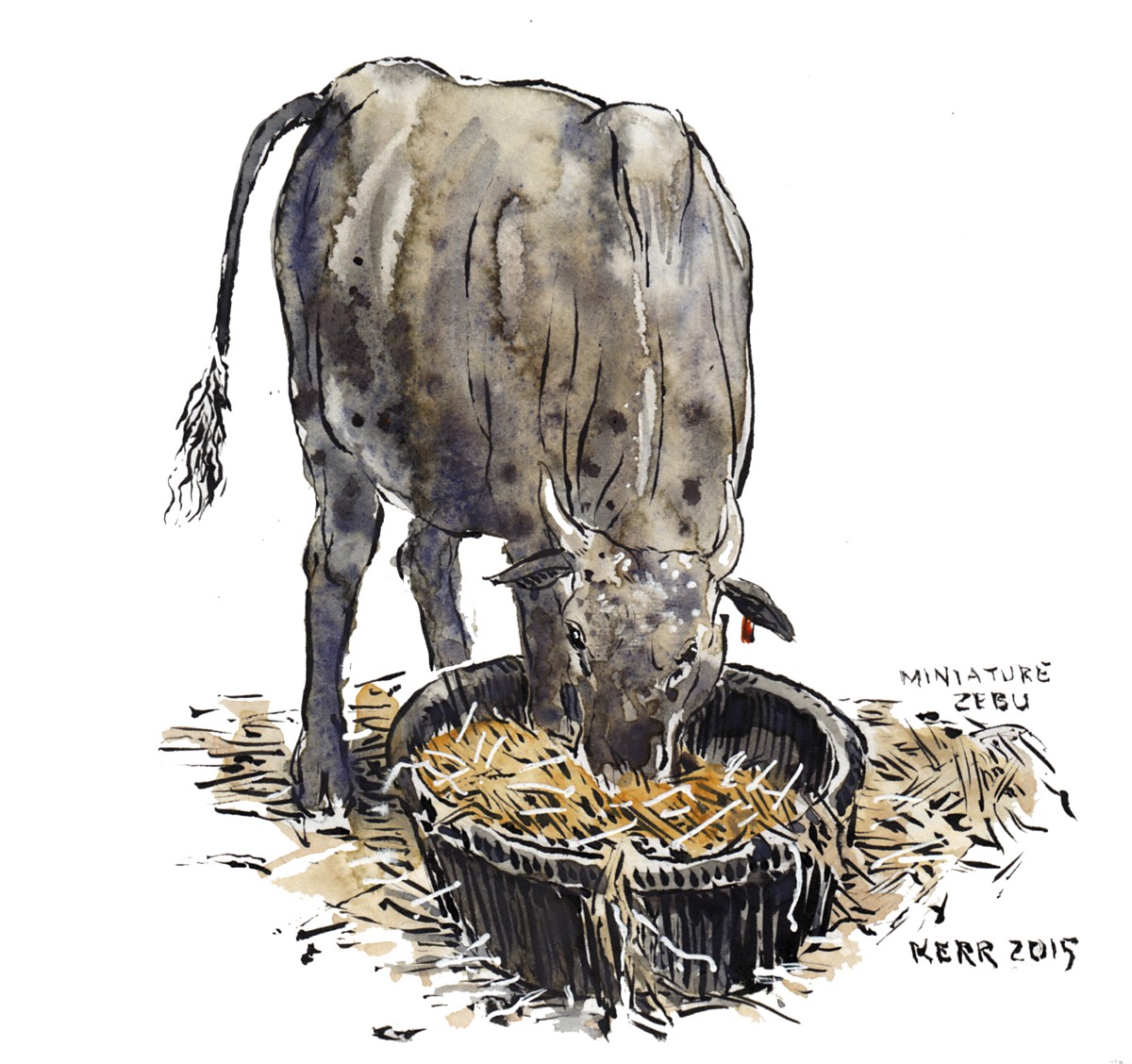
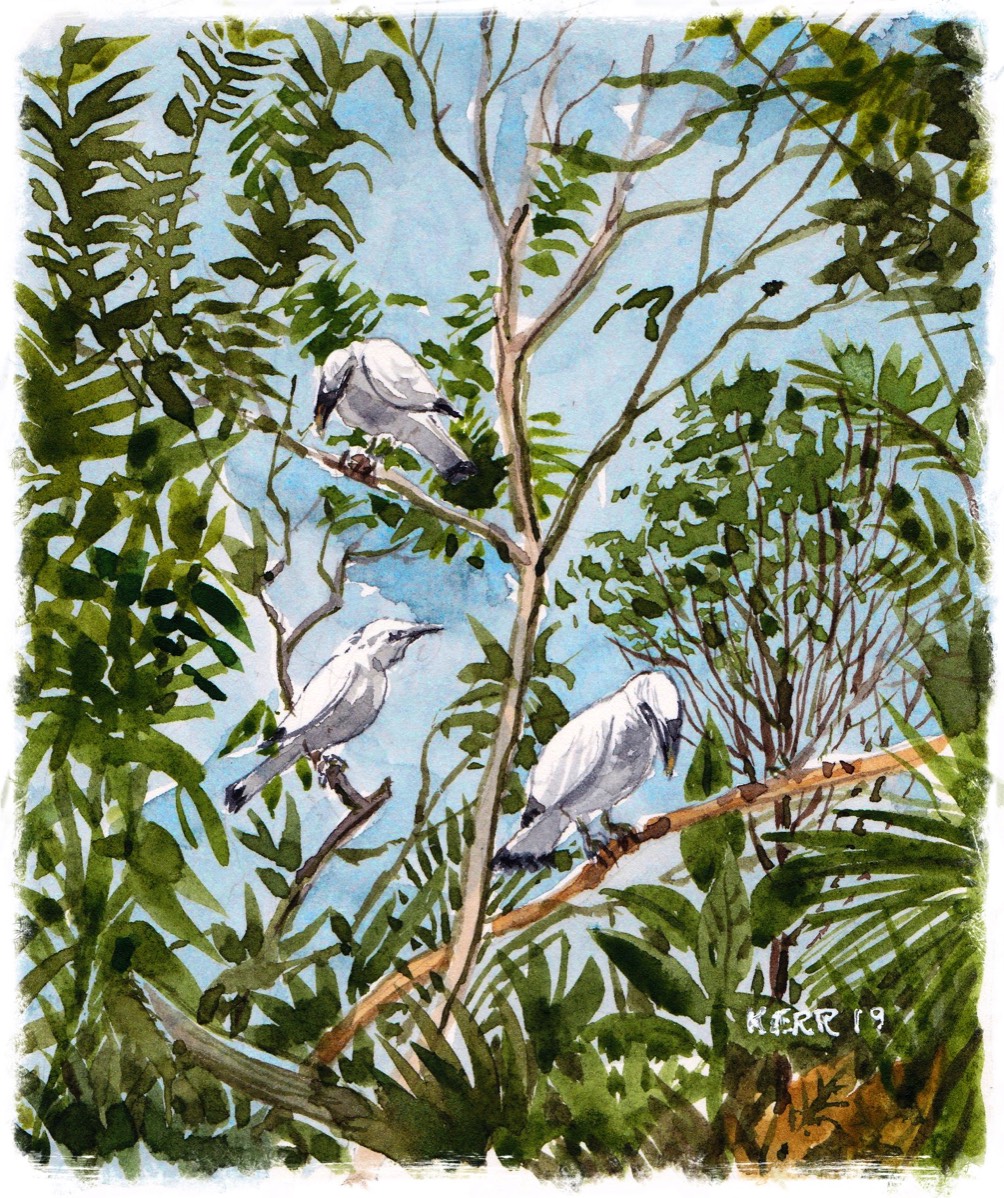
FILL THE PAGE WITH MULTIPLE STUDIES...
Practice multiples of subjects. Heads, people performing, cos-play. Work from different angles. Fill the sheet with new observations, pay attention to mood, gesture and character.
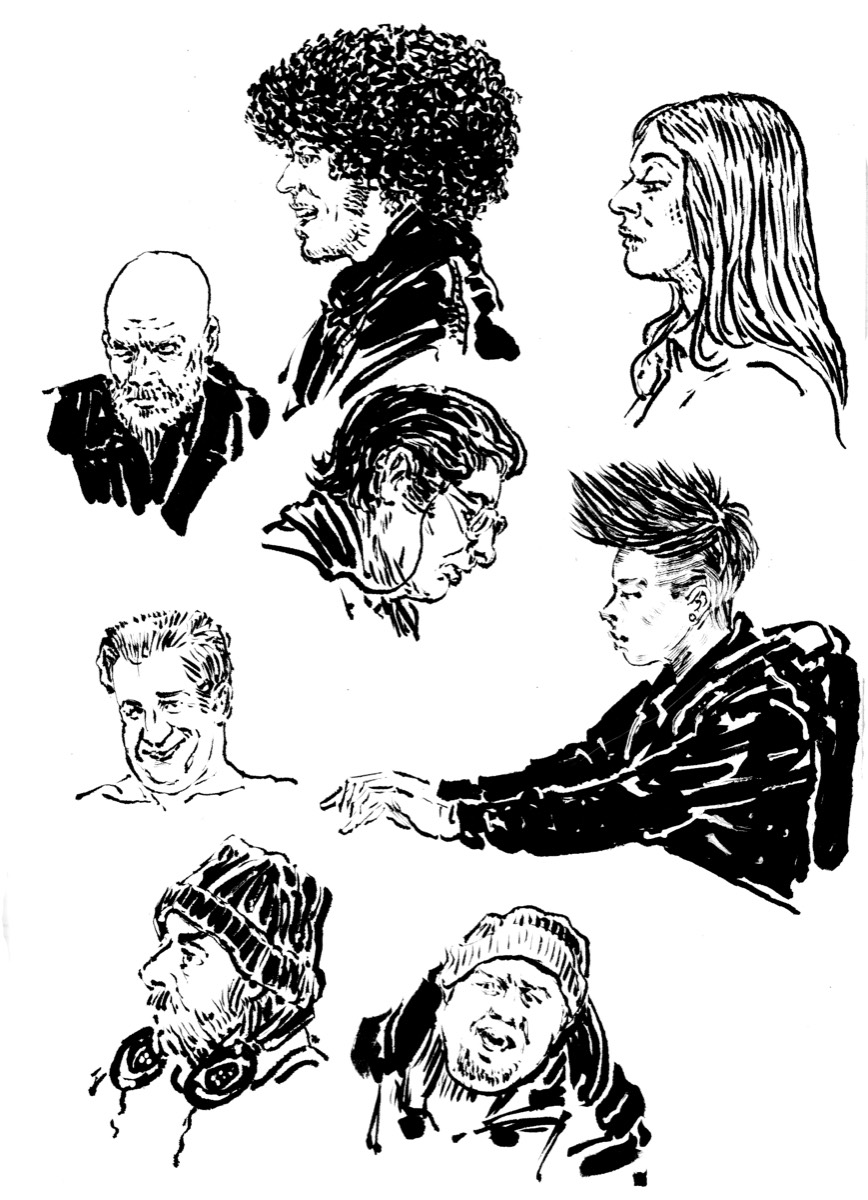
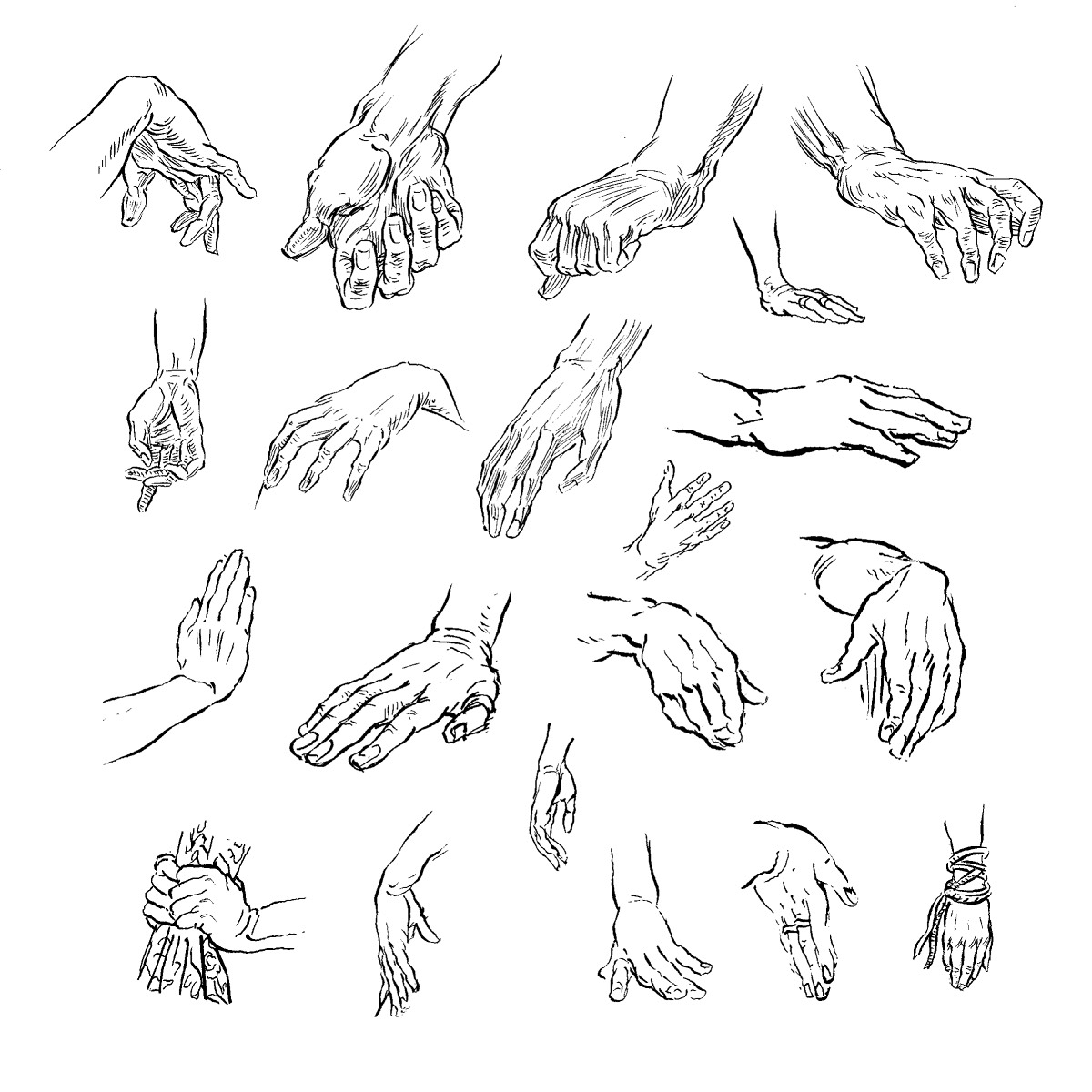
Though it can be difficult, try to identify what you're weakest at when you draw. If it is practice with hands. Draw those, sketch them from whatever source you can until you feel more at ease with the subject. Same goes for faces or placing the figure in an environment. We all seem to understand when practice pays off when developing other skills, but seem to believe that drawing should come "naturally" by talent alone. My experience is, practice does not make perfect, but it will make your drawings more insightful and in doing so, captivate those who gaze upon them.
IN CLOSING: LOOK TO THE MASTERS, THEY'VE GO MUCH TO OFFER...
The subject of filling one's sketchpad in a useful and informed fashion could go on for a great many more scrolls. I have not touched upon still life drawing or landscape or the depths you could plumb employing ideas found dating from modernism through to today. I would say become informed about those who preceded you. Whose lives traced similar paths and who left you wonderful examples that will assist you in breathing the intellectual air they once did. If is a show, go see it, broaden your experience. Do not go to such shows to simple see art as tourists do. Go to steal the ideas found within their technique, adapt them in your own practice. Copy masterworks, draw from sculpture, inform your hand.
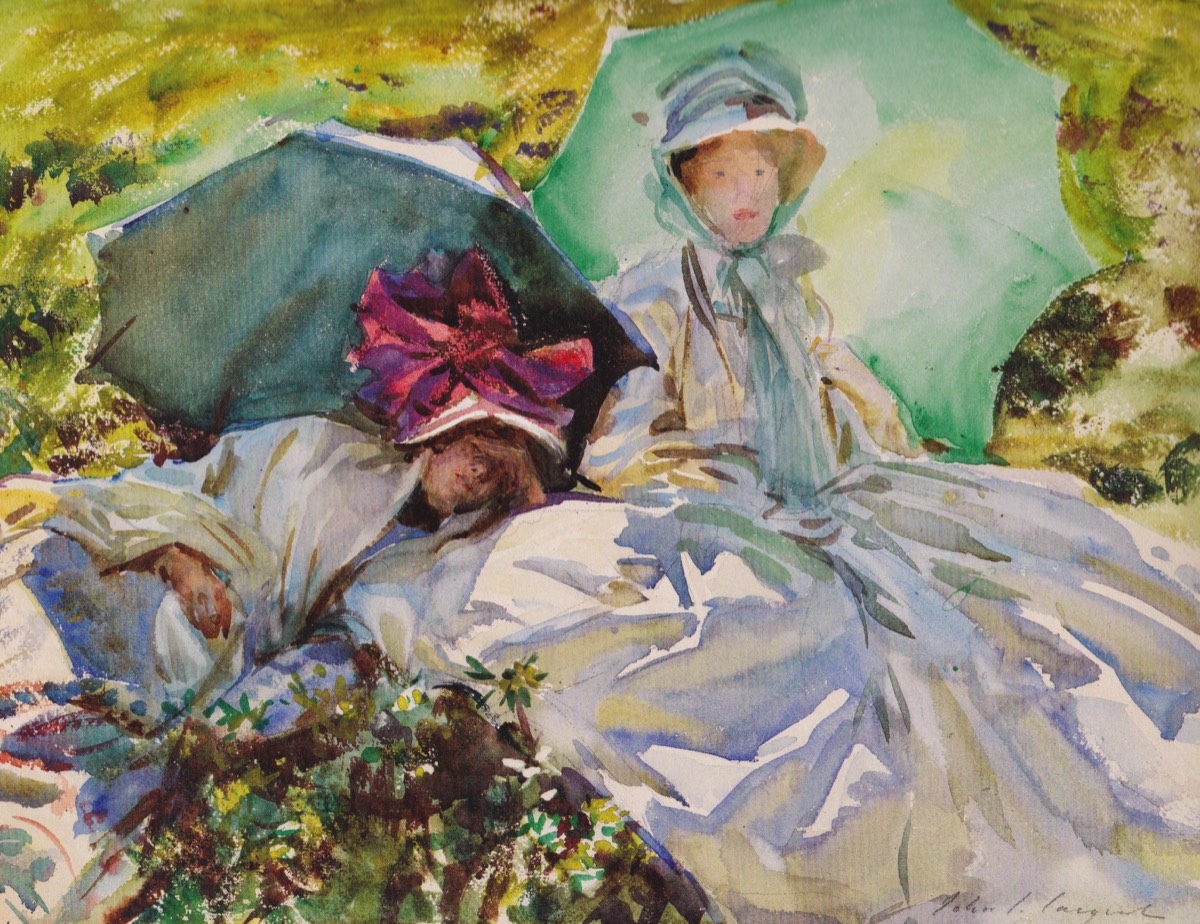
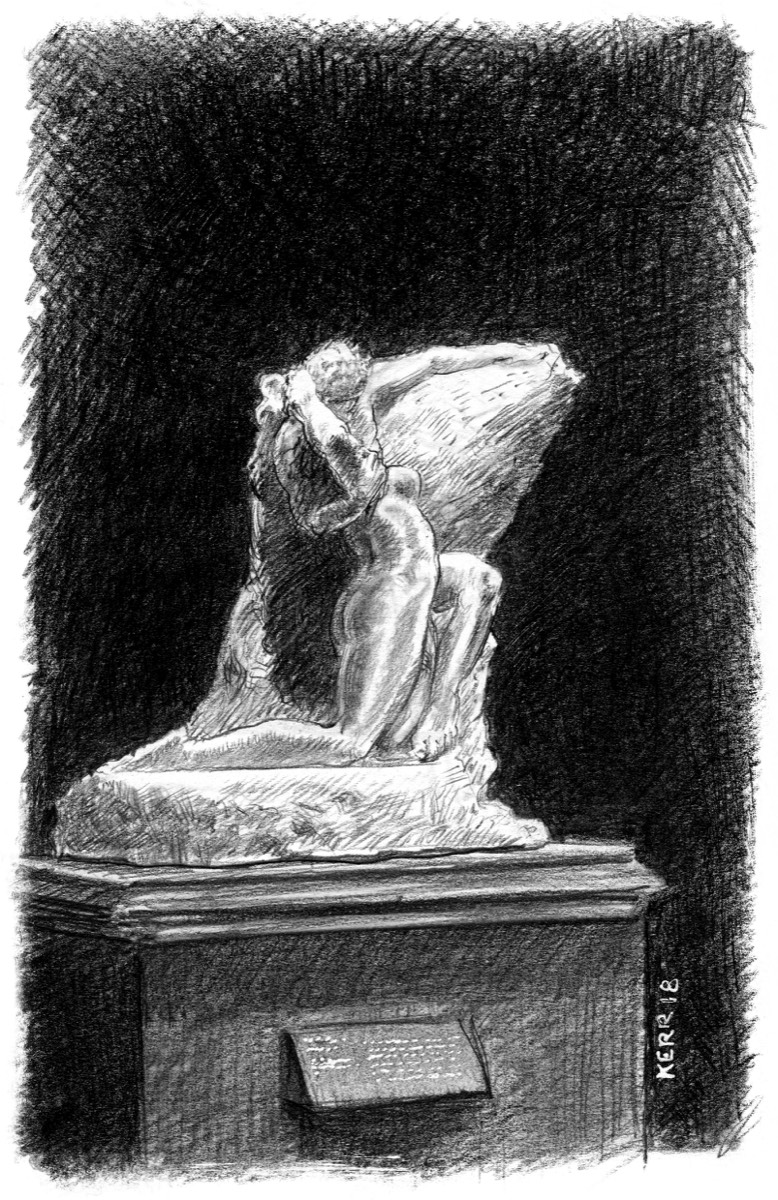
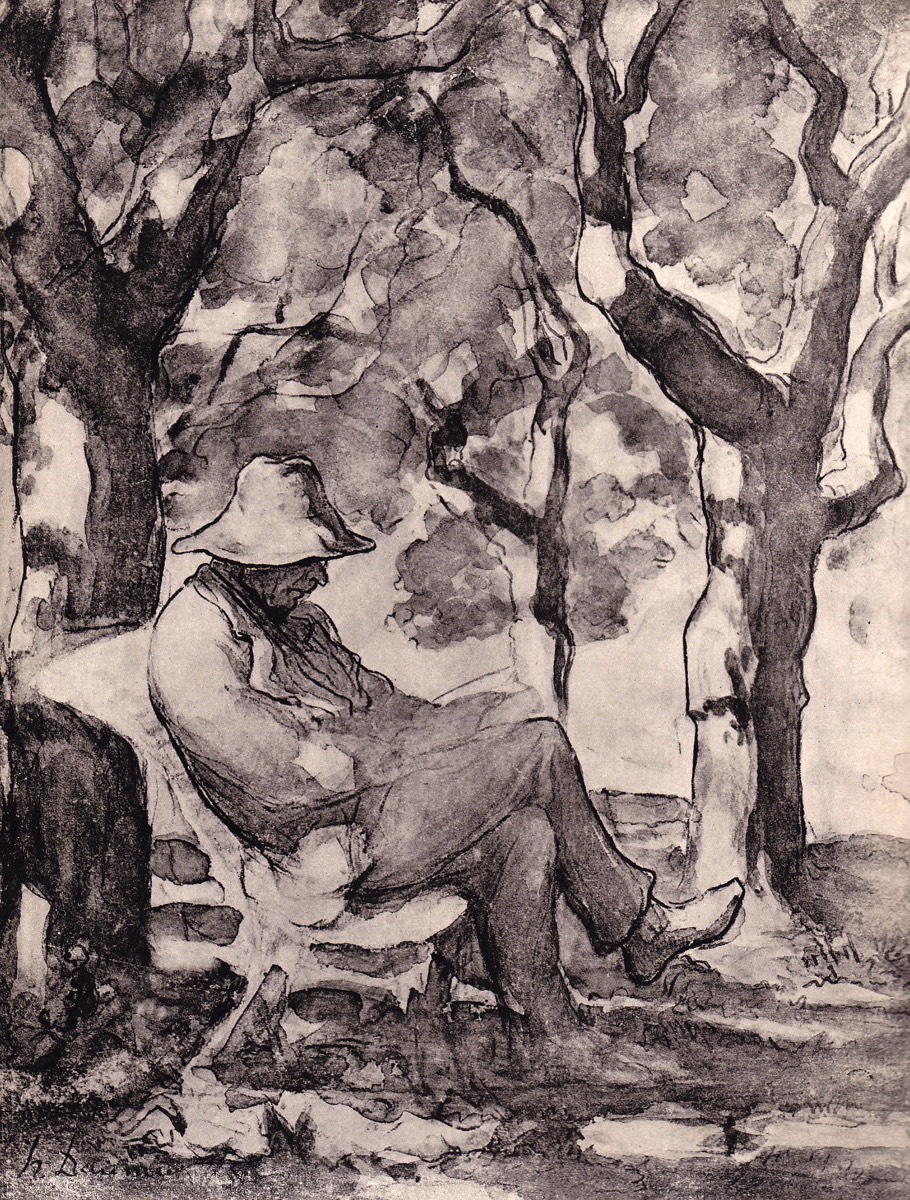
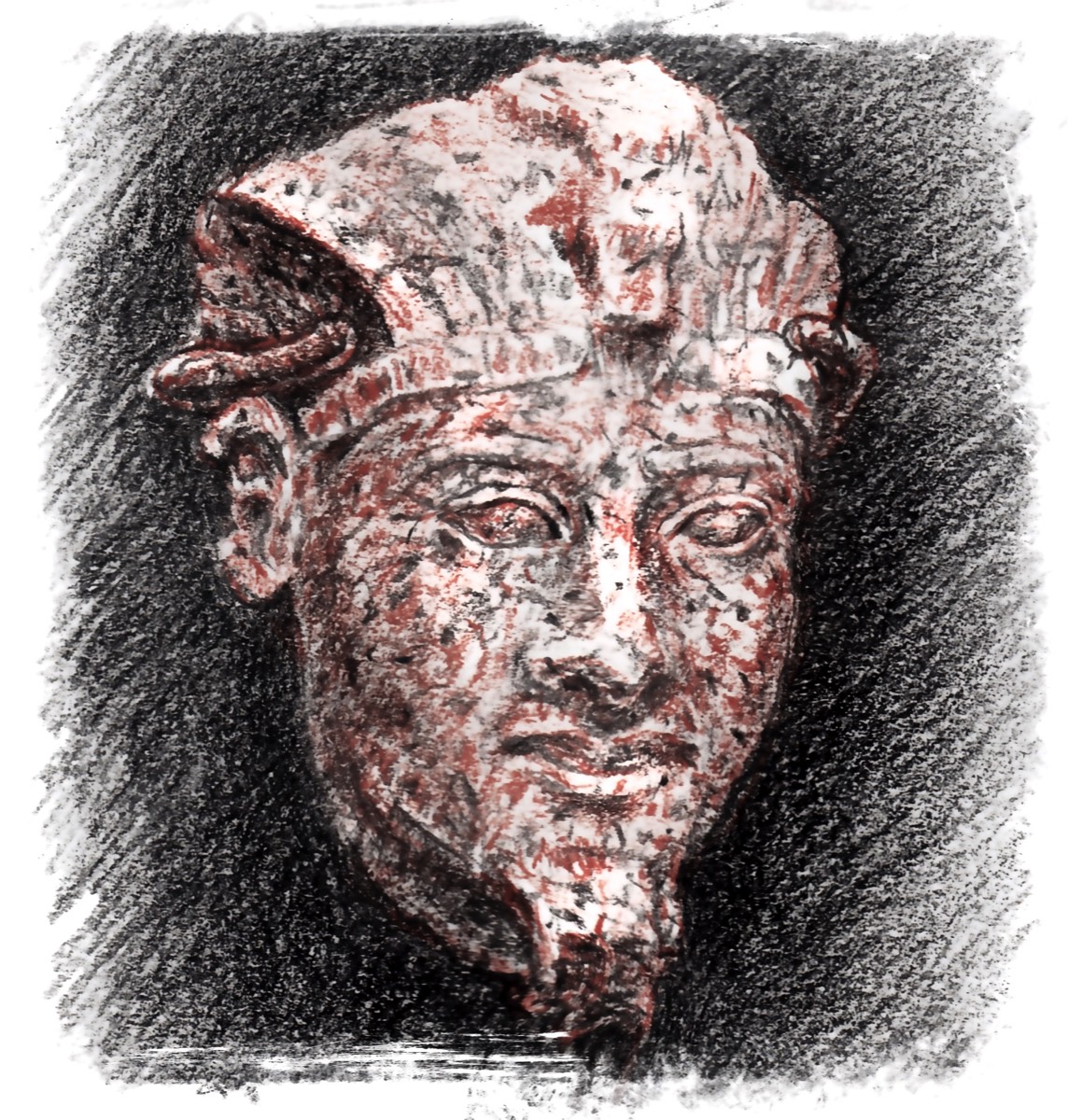
The drawing of the Rodin and the Egyptian head are from my own sketchbooks. To keep in mind, that in order to grow your skill, you'll need time to grow it. Once attained there are so many things you can do with solid drawing ability. Don't let a electronic communication device burgle your time, nor other passive entertainment time consumers. You don't get that time back, so make good use of it. There are some who postulate that mastery of anything takes we human beings 10,000 hours. I cannot say this is the case, but along the way, you'll learn much about yourself, much of the world around you and leave a record for posterity. Thanks for following along.